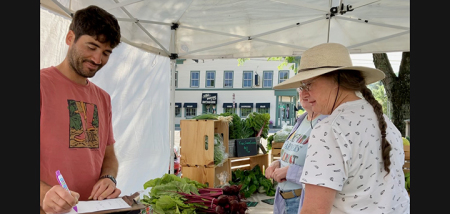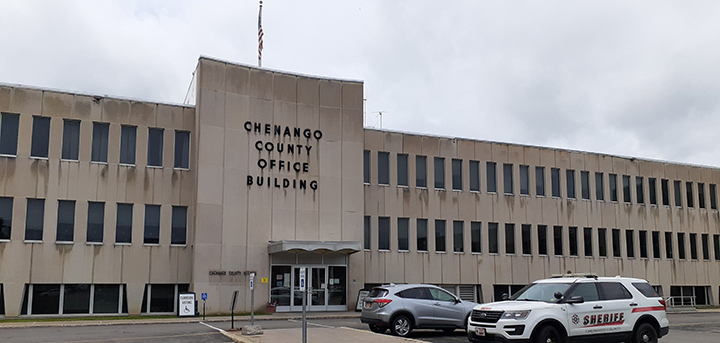April Is Child Abuse Prevention Month
Published:
April 10th, 2013
Dear Evening Sun Editor,
I read an article by Mark Scolford of the Associated Press recently that detailed Penn State University football coach Jerry Sandusky’s latest effort to minimize his atrocious acts of child sexual abuse and crawl out from under his most‐deserved prison sentence. In what is hopefully his final attempt to avoid decades behind bars for the sexual abuse of 10 boys, Sandusky argued in his January 30 bid for a new trial that the accounts of abuse detailed during the proceedings should have been more deeply scrutinized because they were not immediately reported by the children suffering them. Basically, he claimed that the time elapsed between the acts and accusations should formulaically have increased doubt, and therefore offered that the conviction should not stand. A creative tactic, perhaps, but fortunately an unsuccessful one countered by actual knowledge of the dynamics of child abuse. Judge John Cleland denied Sandusky’s attempt to cast blame on the victims, stating no one “who has had the slightest experience with child sexual abuse or given a whit of thought to its dynamics could conclude that failure to make a prompt complaint…is an accurate indicia of fabrication”. Judge Cleland’s wellspoken and insightful words gave me much relief as I read the story, but I remain worried that not everyone in the judicial and legislative worlds shares a similar understanding of how difficult and even traumatizing it can be for victims of abuse to reveal it.
Eileen C. Treacy, Ph.D. is one the nation’s foremost scholars in the dynamics of child abuse and has served as an expert witness in many trials involving physical or sexual abuse of children. Dr. Treacy helped develop the New York State Forensic Interviewing Best Practices Guidelines, and has been a member New York State Children’s Justice Task Force for over two decades. I have attended several trainings by Dr. Treacy, most recently at the NYS Police Child Abuse and Sexual Offense seminars, and she stresses in no uncertain terms that it is common for children to delay for months, if not years, in disclosing abuse at the hands of an adult. Such delays often have much to do with tactics that child abusers use to coerce, confuse, bribe, or manipulate their victims and exploit their advantage. Another presenter at the Child Abuse Seminar, John Warnick, recounted his experience of being repeatedly abused as a child by his soccer coach before coming forward almost 10 years later. Like Dr. Treacy, he stressed that child abuse victims face great fear and confusion in revealing abuse and naming their abuser, which can cause them to suffer in silence for years. It is most fortunate that Judge Cleland clearly understands these facts and dismissed Sandusky’s bid for a new trial.
Last week I attended a three‐day child abuse symposium in Huntsville Alabama, the state where the concept of child advocacy centers was first introduced. The experience was truly dichotomous for me in terms of emotion. The cold, undiluted facts about child abuse and the insidious forms it takes wrought a great sadness and anger in me. At the same time, however, I felt immense hope and inspiration being joined by a thousand other professionals who have devoted their lives to fighting these horrible acts and restoring children to the childhood they deserve. It took just minutes speaking to victim advocates from Florida, police officers from Canada, therapists from California, social workers from Holland, and child protective staff from North Carolina to feel affirmed that the world is fighting back against what has too long gone unaddressed. Mr. Sandusky’s conviction, though much overdue, is hopefully a sign that our society may finally be willing to ignore status, power, money, and collusion in the pursuit of safety for our children.
As I close this letter, I want to convey that April is Child Abuse Prevention Month, a time when organizations and allies across the nation work to raise awareness, mobilize communities to speak out and speak up, promote ways to protect our children and hold those that would harm them accountable.
The Crime Victims Program operates the Chenango County Child Advocacy Center and we are proud to work with the members of our Multi‐Disciplinary Team to investigate child abuse reports and bring assistance to victims. We invite community members to join us in several events this month to show our commitment to ending sexual and physical harm to our youth. Learn more about our events by visiting our website at www.ccofcc.com and clicking on “Upcoming Events” in April, or call us at 334-8244.
Sincerely,
Daniel Auwarter
Director, Crime Victims Program
Comments










